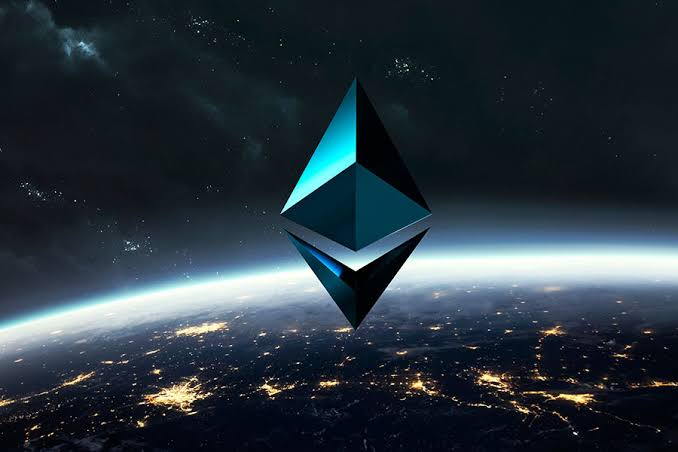The Merge, an important upgrade that Ethereum implemented on September 15 of last year, changed the largest smart contract blockchain from a proof-of-work (PoW) configuration to a proof-of-stake (PoS) one.According to the ethereum analytics dashboard ultrasound.money, Ethereum has since produced 680,455.31 ETH and burned 980,377.87 ETH, resulting in a net supply drop of 299,922.50 ETH.The supply has shrunk by 0.249% when expressed as an annualized percentage.
Had Ethereum operated as a blockchain with proof-of-work, the net supply would have increased by more than 3.8 million, or 3%.In order to validate transactions and get rewards, players in the market must hold a certain minimum amount of ether.When the PoW system was in place, miners would record transactions by solving computational challenges in exchange for rewards.A sizable portion of the market’s miner supply was removed when the PoS system was implemented.A percentage of the transaction fees that customers pay are burned by the PoS method, which is more significant.In order to encourage validators to give precedence to certain transactions, users add a top fee or priority fee to the base.Etherum is removed from circulation while the base fee is burned.
As anticipated, the upgrade has turned Ether into a deflationary currency while also making Ethereum more environmentally friendly.However, since the Merge, the price of ether has remained fairly steady at $1,630, indicating that the upgrade was ineffective in raising ether’s market valuations.Bitcoin, meanwhile, has increased by around 30% over the last 12 months.
“In August 2022, the Ethereum Foundation warned users that the upcoming Paris upgrade would not reduce gas fees. Subsequently, prices fell, and ether was doomed to underperform bitcoin. But this also hinted towards the next potential catalyst for Ether investors—lower gas fees,” Markus Thielen, head of research and strategy at Matrixport, said in a note to clients last week.
“The reduction of gas [transaction] fees now appears to be the critical missing building block that the next upgrade – called EIP-4844 is trying to solve,” Thielen added.
Blobs for data are a feature of the Ethereum Improvement Proposal (EIP)-4844, often known as “proto-danksharding,” which is intended to lower gas costs and boost transaction throughput.Although they are not permanently saved on the Ethereum virtual machine like blocks, these blobs contain a substantial amount of data.Consequently, data is processed via the blockchain more quickly and affordably.
Later this year, the upgrade is scheduled to go live.
“While Ethereum is ‘down’ it is certainly not ‘out’ and Ether investors should slowly monitor any positive news flow around the EIP-4844 upgrade. But a lot is at ‘stake’; if this upgrade is seen as another minimal improvement, then the best days might be behind Ethereum,” Thielen said, noting the increase in Ethereum’s monthly transactions from 28 million to 32 million since the Merge.


